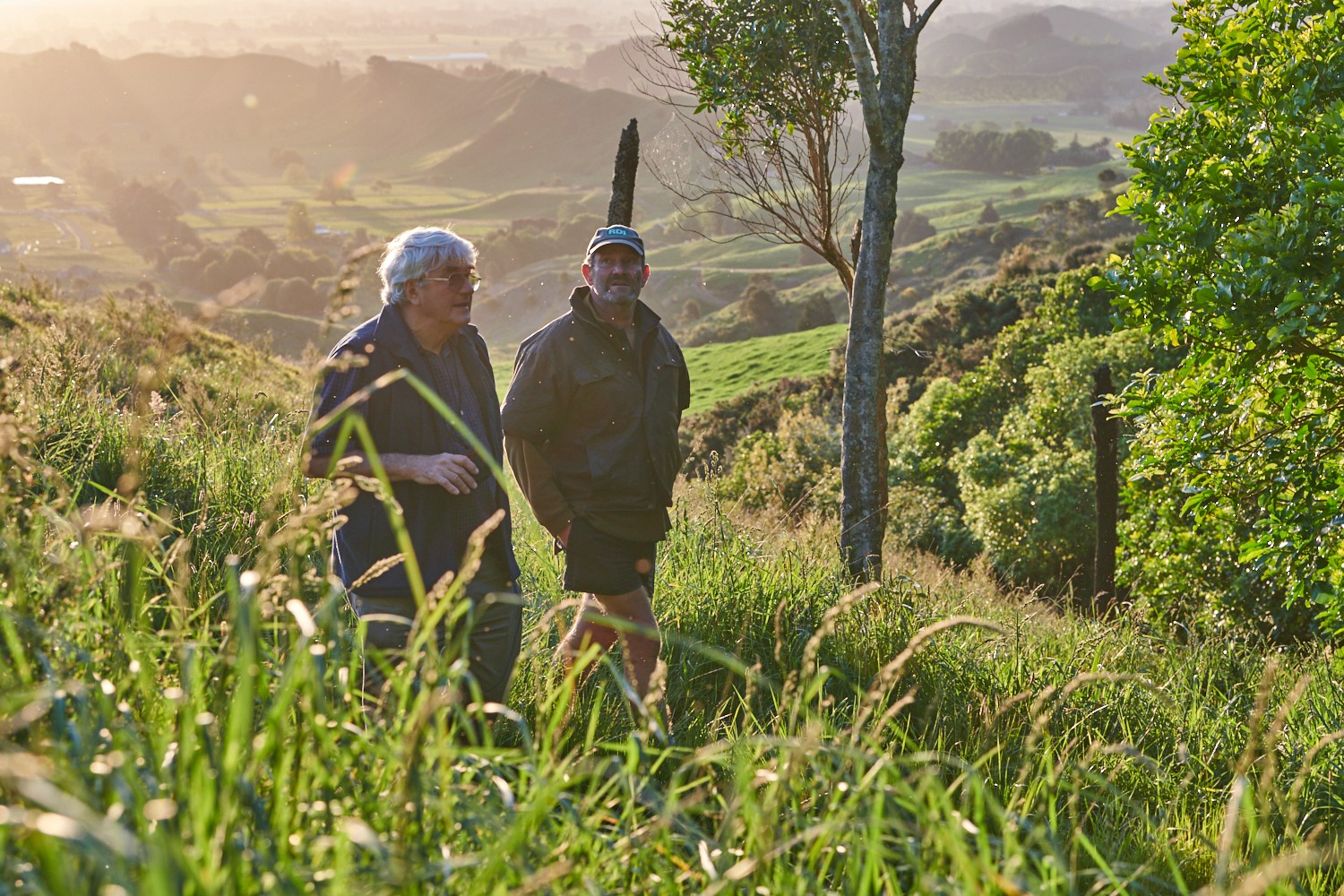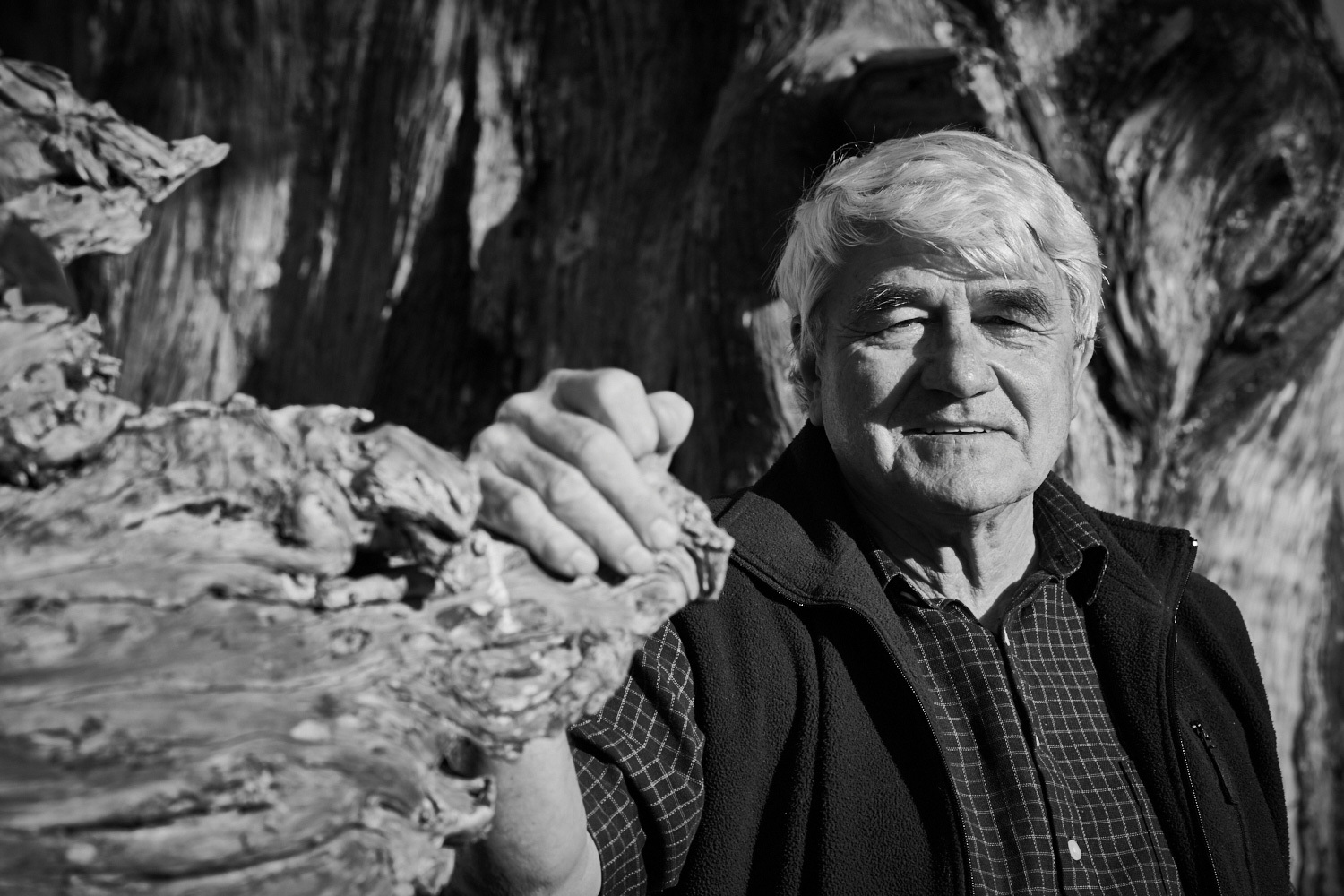We need to care for Papatūānuku, the earth mother, if she is to care for us. The Māori concept of mauri, which encompasses the web of interconnections which go to making the whenua healthy, can guide us when we are planting new forests. There is more to mauri than simply planting trees but if all the elements which make for a healthy forest ecosystem come together, we can restore the well-being of the land.
In the Māori creation story, Tāne is the progenitor of the forest and all it contains, the trees, birds, insects, and lastly people. Importantly, in this story all living creatures are woven together in an interconnected family that is essential for life to thrive. We were the last to be born. All living creatures are woven together in an interconnected family that enables life to thrive.
Trees play a critical part in that network of life on the landscape – their primary purpose is to clothe the land and keep it well. They provide shelter and protection for all the other creatures, but they, in turn, are completely dependent on them. Trees would struggle to survive if the sub-canopy species weren’t there to provide support, if the little plants on the forest floor didn’t keep the soil moist and in place, and the birds didn’t spread their seeds. Even more important are the many microorganisms in the soil itself. All play a part in keeping the land well, and ensuring that the water that flows from it is nurturing – they all need each other to flourish.
Looking at things in this way gives us insights into what Māori describe as the ‘mauri’. Mauri is often translated as ‘life force’, or ‘life principle’. It is better translated as the ‘gift of life and wellness’. It exists in that web of interconnections that enable life to thrive. When any of those connections are weakened or broken life begins to weaken, the mauri begins to fade and is less and less able to sustain life. The land begins to degenerate and the water becomes less able to provide life to everything that depends on it.

© Alistair Guthrie / Pure Advantage
”When Māori talk about ‘restoring the mauri’ of a river, a lake, a landscape, they are talking about restoring the connections that enable those places to thrive.
It is in this context that we need to view the planting of trees.
There is much more to this than merely restoring trees to the landscape. More importantly, when we plant trees, we are restoring an essential part of that network that makes for a healthy landscape; we are starting to restore the connections to re-establish the mauri. Our land, Aotearoa, with all its mountains and hills, needs trees to thrive. Many of the issues that originated from the inappropriate clearing of forests are a challenge that can only be met by the large-scale planting of trees.
That means that in our planning we need to do more than focusing on the trees that we want to plant. We need to keep in mind the lesser species that make up a healthy forest, not just the big trees that can store carbon and provide timber. We need to ensure that all the ingredients that make up a healthy ecosystem are in place – the sub-canopy and forest floor species that protect the roots of the trees and the soil that nourishes them, and the leaf litter that retains the soil moisture, and the birds and insects that pollinate the trees and shrubs and help spread their seeds, right down to the microscopic organisms in the soil that are the key to life. No life can survive long without them.
This sounds like an impossible task, if we were to do it by ourselves. But we don’t; there is a lot of help there in the land itself. It’s a matter of learning to work with the land rather than despite it. We need to keep in mind that the New Zealand landscape was in existence for many millions of years before people first arrived – and that its plants, birds and especially the invertebrates and microorganisms predate us by even longer. We are not the masters of the universe, as we have been wanting to see ourselves, but the last born of living creatures, and we need to treat all other living creatures with the respect that is their due.
”If we are to have a future, it will be because we have learnt to live with nature rather than keep trying to manage and control it.
In restoring the landscape so that it is healthy, we need to activate and utilise the healing systems that exist in most landscapes, not just try and do it all by ourselves.
Birds can be major allies, if there are enough of them. They can carry seeds to places we could never reach and help to keep in check the insects and other pests that plague our efforts. Most soils retain enough of the microorganisms needed to revive them, if pressure is taken off them, and sometimes there are the remnants of a seed bank to re-establish biodiversity. We need to spend time getting to know our land to know what capacity it can contribute to our efforts, rather than rushing in with sprays and fertilisers to do work that nature could possibly do better, with just a little help from us. Matauranga Maori, traditional Maori knowledge, is derived from living with the land, and letting the land be the teacher. Many old-time farmers lived by that; it may be a skill we need to relearn. We need to let the land itself tell us what we should do.
And we need to work together. We need to keep connected to Predator Free Aotearoa, and to the work being done to care for our water under the Government’s freshwater policies. All these efforts and many others need to be included in developing our strategies to restore trees to the landscape. There is always the danger that the different work streams and projects develop in separate silos with insufficient cooperation and collaboration, and sometimes, it may seem, in competition to one another.
We can miss the point when we just focus on growing trees for timber, or carbon credits, with little thought to sustain the landscape on which they grow. This can lead us to focus mostly on maximising growth rates and timber yield to improve the return on our investment. There is nothing wrong in that, except when it becomes the dominant focus of our endeavours and the bigger picture is given much less attention. It is easy to become so focused on short and medium-term gains without seriously considering the long-term effects of what we do. The disasters caused by logging followed by very heavy rain on highly erodible land could have been avoided if more care had been taken of the land that grew the trees.
That sounds like adding more and more costs to the land owner, as if planting timber trees wasn’t enough (be they indigenous like tōtara, kauri or beech, or exotics like radiata pine or Douglas-fir). There is also the cost of buying and planting all the secondary species needed for a healthy forest.
That’s where we can achieve much more by working with nature. For example, by planting small seed islands with a large range of species typical of the biodiversity of the area, and working hard to control animal pests and weeds, bird populations will quickly build up and do the planting for us, at no cost, except the price of welcoming them back to the land.
Our first priority, without exception, is in the wellness of the land, the whenua.

© Alistair Guthrie / Pure Advantage
”‘Ka ora te whenua, ka ora te tāngata’; ‘When the land is well we are well’.
We weave all our other priorities and plans beneath that. Māori see the earth, the whenua, Papatūānuku, as their mother. That makes sense to most people; we won’t last long if the landscape falls to pieces. We need to care for her, nourish her, if we are to be well.
That doesn’t necessarily have to affect our economic returns, particularly in the long term. But it does ensure that what we do is sustainable. It ensures our future.
Our primary responsibility, as members of the family of Tāne, is to care for the whenua, the land; it is not to create wealth. Our role is to care for the mauri, the world of interconnections that enables life to thrive. If we manage to do that we won’t just survive, we will thrive.



Leave a comment